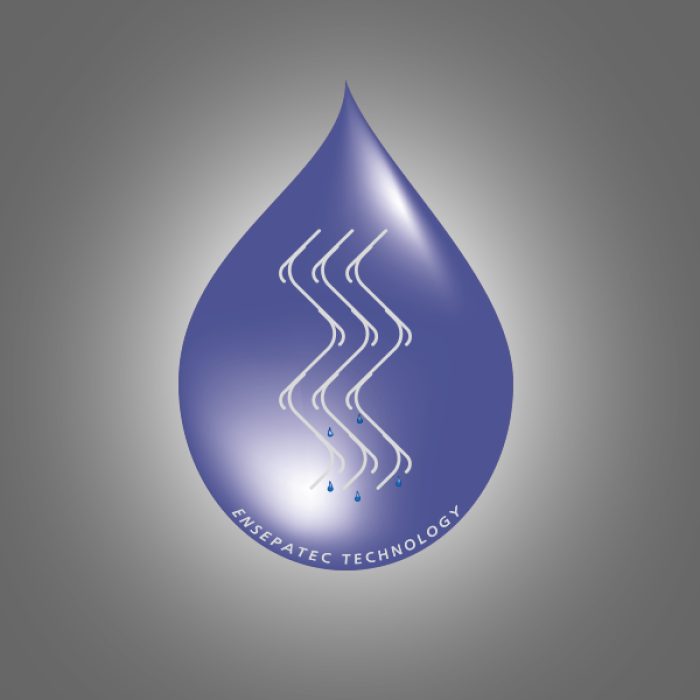Prolong Filter-Lifetime and Reduce Spares
Intake systems
Heating, Ventilation and air conditioning equipment processes air to control levels of relative humidity and temperature for various climate controls. Separators can generally be found in four areas of HVAC equipment:
- At the intake to remove rain and snow from entering duct system
- Downstream of cooling coils to prevent carryover of condensate
- Upstream and downstream of an air washer system to control carryover of water spray
- Downstream of steam humidifiers to prevent carryover of condensed steam
Control of rain and snow at the intake will maximize life of downstream filters and equipment. Wetted filters will increase pressure loss and will tend to reduce the life of the filters, especially in coastal regions where soluble salts are present. Horizontal louvers tend to provide protection against large rain droplets but do not do a very effective job against air born, wind driven droplets. They are poorly arranged for good liquid collection and drainage and generally have relatively high pressure losses at low operational velocities (generally 500 fpm or 2.5 mps).
ENSEPATEC’s designs are all vertically oriented with surface features that effectively arrest, collect and drain the liquid out of the gas stream. They are generally sized at a face velocity of 1,000 fpm (5 mps) with a lower pressure loss than conventional horizontal louvers and have a removal efficiency at nearly 100% down to 15 microns in diameter and larger. For reference, fog is classified at 2 microns to 60 microns in diameter and the human eye cannot detect droplets much below 50 microns in diameter.
To control snow, ENSEPATEC has developed a heated louver version, ColdSep, fabricated in marine grade aluminium that can provide up to 800 watts/ft.2 to remove collected snow or de-ice the intakes providing year round protection from rain, snow or icing.
Nowhere is this more critical than for gas turbine intakes. Gas Turbine intakes require large amounts of intake air to function properly. The air needs to be clean and free of liquid drops that can cause severe corrosion and erosion issues with the turbine blades. Replacing the usual weather hoods with a good separator will not only maximize filter life, the pressure loss will be reduced increasing the performance of the turbine.
ColdSep heated louvers can be employed where snow and icing occur. This technology is significantly better than steam or heated air bypass as the ColdSep not only melts the snow but controls and drains away the liquid. Steam or bypass heated air will only melt the snow and the liquid will be collected by the filters.
Internal to HVAC systems, the generation of water condensate and its control depends on the air velocity. Since air velocities are never equal and vary strongly across the surface area of the air cooler, carry-over of condensed water occurs that causes the following issues:
1. Growth of mildew and bacteria in standing water (in air duct)
2. Wet filter in case filters are installed downstream of the air cooler
3. Increased pressure loss (thus higher energy consumption)
In the past carryover has been controlled by use of low gas velocity (500 fpm or 2.5 mps). This, however, will cause the condensate to build up on the cooling coils and will tend to insulate the cooling coils from the gas stream reducing the heat transfer efficiency. Increasing the velocity to 750 pfm or 4 mps will strip the condensate off the cooling coils maintaining their efficiency and the liquid carryover can be easily controlled by a good separator. This provides excellent control of the water generated by condensation and provides maximum efficiency of the equipment.
A well designed system incorporating the appropriate separators will maximize filter life, minimize corrosion, and provide maximum protection from biological growth.






